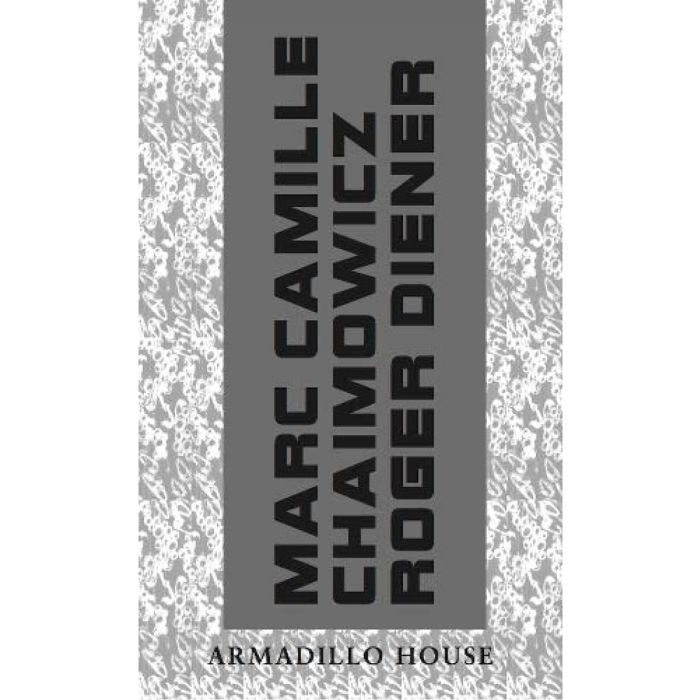My Cart
Your cart is empty
Looks like you haven't made your choice yet.
- Subtotal
Armadillo House

A conversation between Marc Camille Chaimowicz and Roger Diener
- Walther & Franz Koenig Verlag
- by Ed.: Cristina Bechtler, Fredi Fischli and Niels Olsen
More Information
| Publisher | Walther & Franz Koenig Verlag |
|---|---|
| ISBN | 9783753302485 |
| Author(s) | Ed.: Cristina Bechtler, Fredi Fischli and Niels Olsen |
| Publication date | June 2022 |
| Edition | Paperback |
| Dimensions | 200 x 120 mm |
| Illustrations | 50 col.ill. |
| Pages | 96 |
| Language(s) | English ed. |
Description
The conversation between the artist Marc Camille Chaimowicz and the architect Roger Diener departs from their collaboration The Armadillo House in Basel. Rather than striving to build a “Meisterhaus” – an idealised representation of Diener & Diener’s architectural programme – they joined forces with someone who seems at first sight to be a most unlikely contributor to their project. The collaboration between artist and architect has led to a result that goes far beyond conventional parameters. Chaimowicz claims the interior as a pictorial space while also referencing the history of architecture, art and design. From the 1970s onwards he advanced a critique of rigid, austere minimalism. For Diener, on the other hand, pictorial space is not a factor. Instead, he puts forward a modernist notion of non-expression, with architecture functioning as its raw material. In his architecture, it is not the insertion of culturally codified images but rather spatial configurations that shape the movement and circulation of inhabitants.
